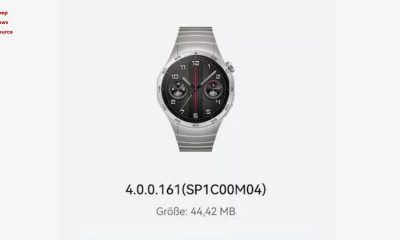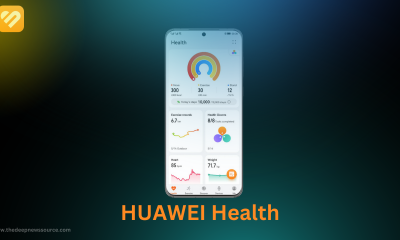News
OnePlus Watch Launch with Warp Charge, Check the leak Specification
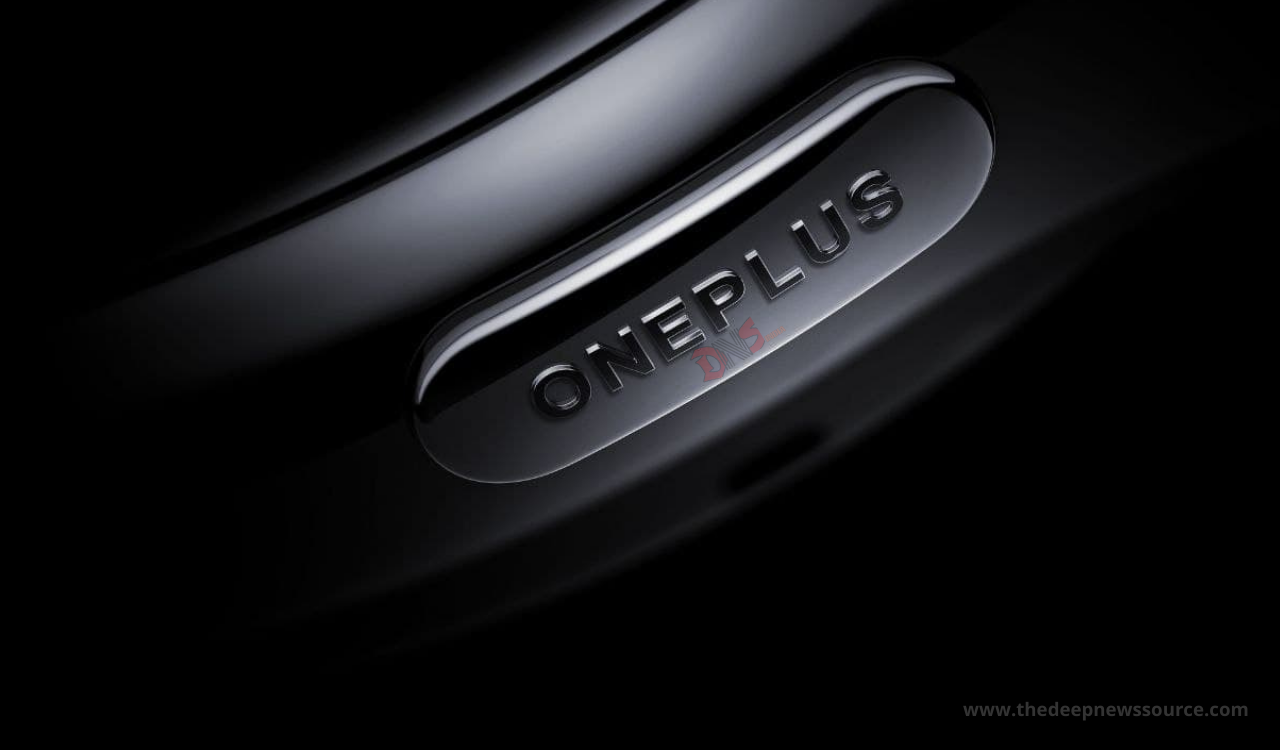
According to the previous information, OnePlus will prepare to launch its first smartwatch OnePlus Watch currently the company has not revealed the actual name of this smartwatch. But the sources have revealed that the company will launch this smartwatch along with the OnePlus 9 series on March 23, 2021.
Now, ahead of the launch, some leaks have shown the specifications and features of this upcoming OnePlus Watch. As per the report, the OnePlus smartwatch will appear with a 46mm (1.3 or 1.2-inch display) size. In this OnePlus Watch, users can check the notification, receive the calls and it may be possible users can reply to the What’s App and text message through the smartwatch.
The smartwatch provides you a Warp Charge features that means you can charge your OnePlus smartwatch in just 20 minutes for a week use. Also, you can control your OnePlus smart TV with this smartwatch, it will great feature of this smartwatch.
If we talk about the features, the OnePlus Watch supports Sleep, Stress, Blood Saturation and Heart Rate Monitoring features while it comes with auto-detection mode as well. The smartwatch runs OnePlus own customized UI.
OnePlus Watch leak Specification:
- 46mm
- IP68
- Warp Charge (A week of charge in 20 minutes)
- Sleep, Stress, Blood Saturation, Heart Rate Monitoring
- Check Notifications, Calls
- Control OnePlus TV
- 4GB Storage
- Auto Workout Detection
- OnePlus own customized UI.
OnePlus is not much has been revealed about this smartwatch yet, but the company has organized a contest where nine winners will reward with the OnePlus first smartwatch. So that’s a great chance to win the first smartwatch by OnePlus the contest entries will be accepted until March 23, 9:59 AM EDT.
GUESS WHAT IT IS. WRONG ANSWERS ONLY.
We’re looking most creative answers out there. You can draw it, sketch it, describe it. Bonus points if you make us laugh. Just remember – we’re looking for wrong answers. Check the rules below to know more.
Rules:
- Guess what product this thread is teasing, only wrong answers are valid.
- Entries can be in the form of drawings, renders, descriptions, videos, or any other way you deem fit. The better well-thought your entry is, the more likely it is to be picked as the winner.
- We will pick the 9 most creative entries and reward them with the unnamed product.
- Entries will be accepted until March 23, 9:59 AM EDT.
- Standard Terms and Conditions apply.
IF YOU LIKED OUR ARTICLE, YOU CAN FOLLOW US ON OUR GOOGLE NEWS AND TELEGRAM CHANNEL ALSO YOU CAN JOIN OUR DISCUSSION GROUP ON TELEGRAM.
News
Samsung Expands DIY Repair Program to Include Galaxy S23, Z Fold 5, Flip 5, and More
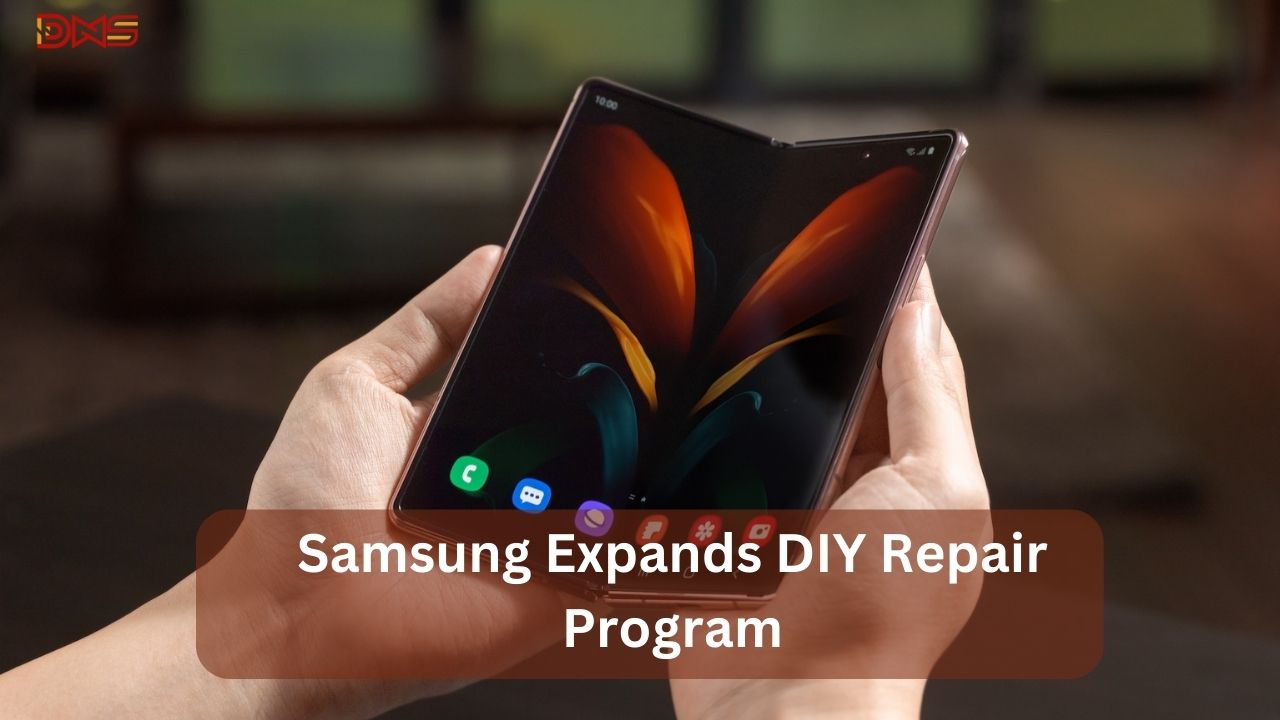
Samsung is making it easier for users to fix their devices by expanding its DIY repair program. In a recent announcement, Samsung shared that over a dozen new devices will be included in the Self-Repair program. Among them are the Galaxy Z Fold 5 and Galaxy Z Flip 5, marking the introduction of DIY repair options for Samsung’s foldable phones.
The Self-Repair program will provide users with access to parts and guides for fixing their devices at home. Samsung [Samsung Newsroom Post] is taking a step towards empowering users to take control of their device maintenance, offering support for popular devices like the Galaxy Z Fold 5 and Galaxy Z Flip 5 in this latest expansion.
Until now, Samsung mainly provided DIY repair options for its regular smartphones, tablets, and laptops. However, when it came to the more intricate foldable models like the Galaxy Fold and Flip, the company limited users to professional repair services due to the complexity of these devices.
Now, in a noteworthy move, Samsung is expanding its DIY repair support to include its foldable models, starting with the Galaxy Z Fold 5 and Galaxy Z Flip 5. This means users will soon have the option to tackle repairs at home, marking a shift in Samsung’s approach to empower users in maintaining and fixing their foldable devices.
This development follows Google’s recent introduction of DIY repair options for its Pixel Fold, though it’s worth noting that repair parts for the Pixel Fold can be relatively expensive, such as the inner screen alone costing $900. As Samsung joins the DIY repair trend for foldables, it’ll be interesting to see how this impacts the accessibility and affordability of maintaining these innovative devices.
The full list of new Self-Repair options for Galaxy devices includes:
- Galaxy Z Fold 5
- Galaxy Z Flip 5
- Galaxy S23
- Galaxy S23+
- Galaxy S23 Ultra
- Galaxy S23 FE
- Galaxy A05s
- Galaxy Tab S9
- Galaxy Tab S9+
- Galaxy Tab S9 Ultra
- Galaxy Tab S9 FE
- Galaxy Tab S9+ FE
- Galaxy Tab A9
- Galaxy Tab A9+
- Galaxy Book 2 Pro (15-inch)
- Galaxy Book 2 Pro 360 (15-inch)
Samsung is making its Self-Repair program available to more people around the world. The program is spreading to South Korea and over 30 European countries, including places like Denmark, Greece, Hungary, and Portugal. However, it’s important to note that, as of now, these new devices are not yet supported in the United States, and parts are not available from Samsung’s retail partner, iFixit.
via:- 9to5google/samsungnewsroom/ifixit
Huawei
Huawei Quick App Center gets the latest version 13.5.1.201 [APK]
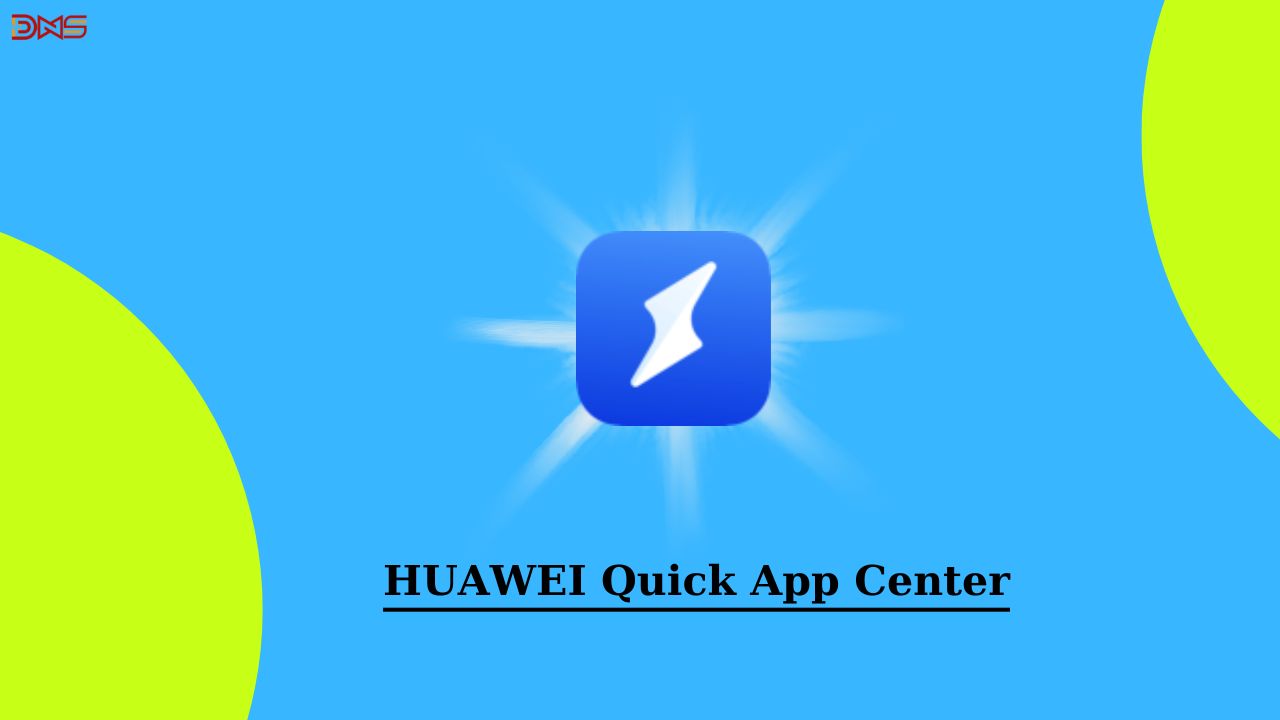
Huawei has recently revamped its pre-installed applications, including Huawei Health, Huawei Assistant, and AppGallery. The latest update introduces the Huawei Quick App Center, marking a significant change. This update reflects Huawei’s commitment to enhancing user experience and providing streamlined access to applications.
The latest update for the Quick App Center app comes with version number 13.5.1.201 and the installation size is 74.01 MB. With this new update, the company has fixed some known issue bugs. For a better app experience, you should install this latest build on your Huawei devices, below you can check the download link.
SOFTWARE INFORMATION:-Application name:
Update Version:
Update Size:
|
DOWNLOAD LINK:-
| Huawei Quick App Center V13.5.1.201 APK |
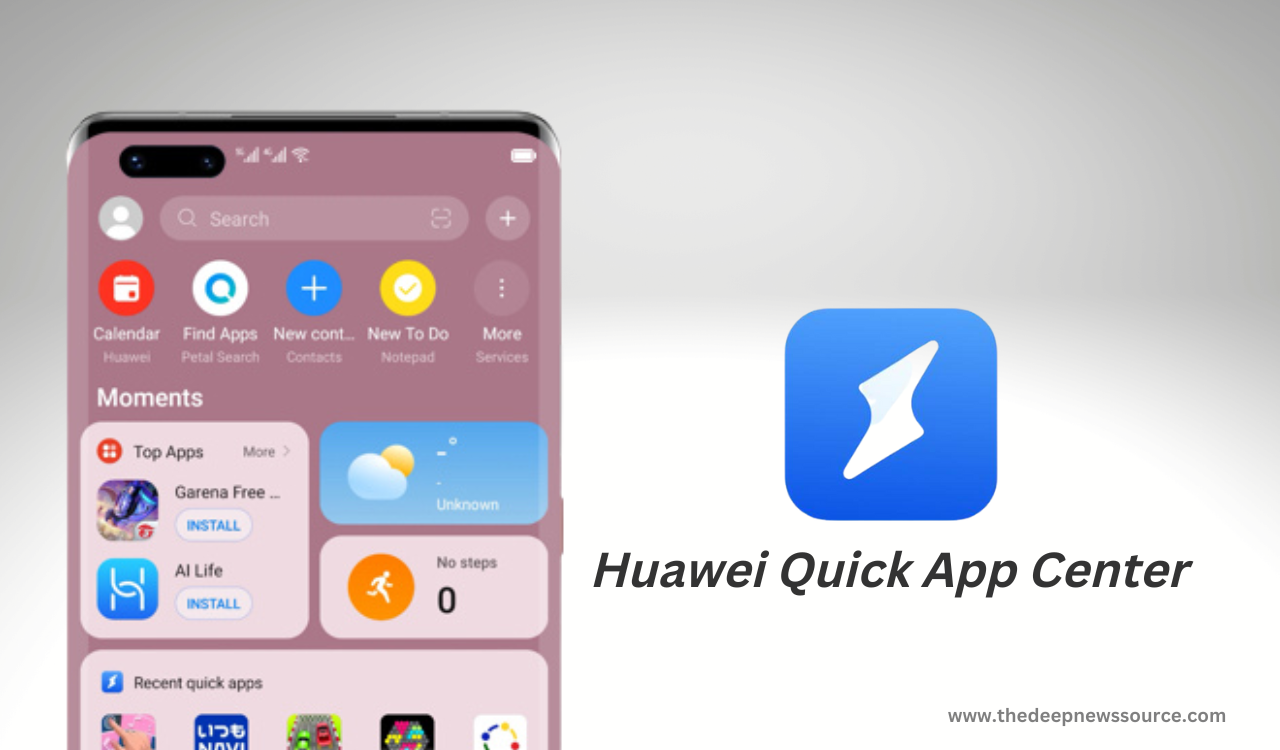
HUAWEI QUICK APP CENTER:-
As per the official introduction, the Huawei Quick app Center allows users to use and manage apps without installation. Also, this application provides the feature to create the app shortcut on your device’s Home Screen. The best part of the Quick app is that it takes up very little space on your device and it has been updated automatically to increase your work experience.
| Telegram | Google News | TwitterX |
Harmony OS
HarmonyOS NEXT Lands in 2024: Huawei CEO Sets Big Goals
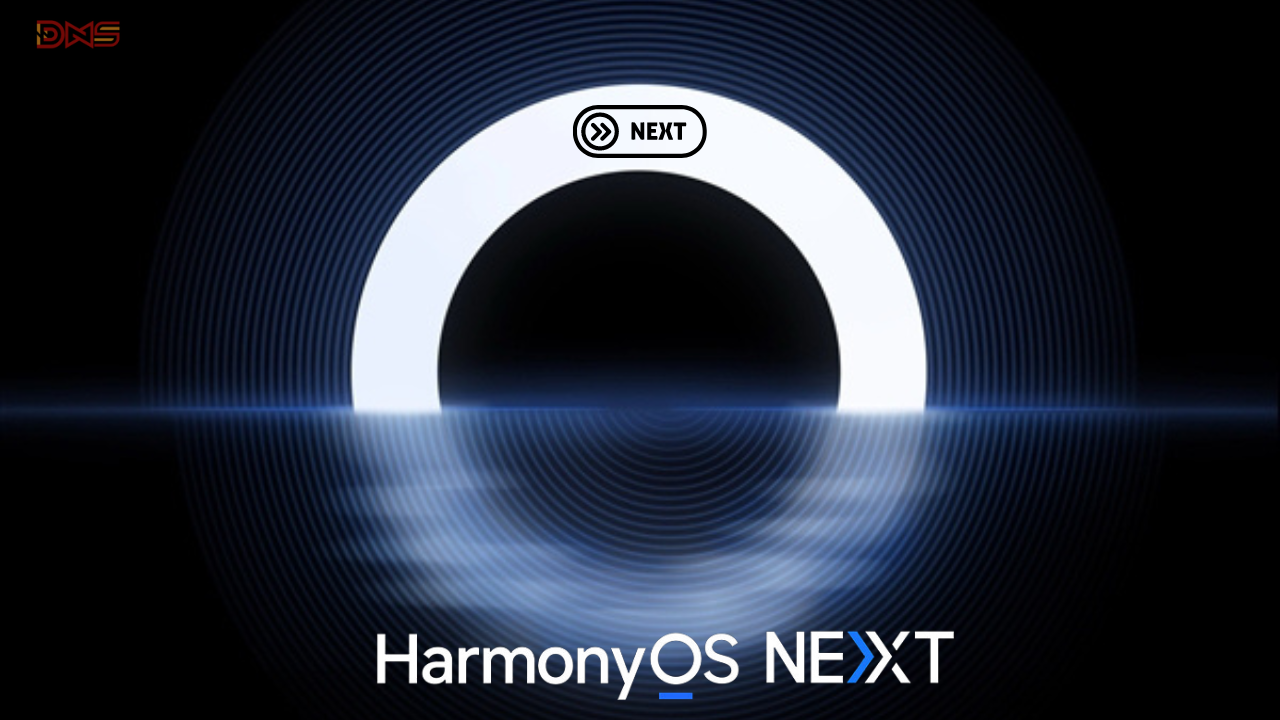
Huawei’s big boss just hinted at exciting new things for their software in 2024! Expect fresh products built on their latest HarmonyOS NEXT system.
During the Fan Club (Pollen) Annual Conference 2023, Yu Chengdong announced that Huawei plans to reveal several advanced products next year. He also predicted the launch of HarmonyOS NEXT products and improved native application experiences in 2024.
The CEO didn’t share when exactly the new software and native applications would be released, but we can anticipate the official reveal to happen in early 2024.
Huawei needs to make HarmonyOS fully independent and essential without relying on Android libraries soon. Hopefully, the company will speed up its efforts in the coming days.
Many app developers, such as Alipay, McDonald’s, HiPaint, Bank of Communications, and others, have joined native app development for HarmonyOS. The goal is to create a strong app ecosystem independent of Android and iOS.
Huawei is set to offer HarmonyOS-based courses, with approval for 55 projects and over 10 universities planning to launch these courses soon.
Huawei plans to introduce apps in more than 18 categories, focusing on digital and financial sectors. According to Yu Chengdong, these native HarmonyOS applications aim to be smoother, smarter, safer, and more comprehensive compared to iOS and Android.




